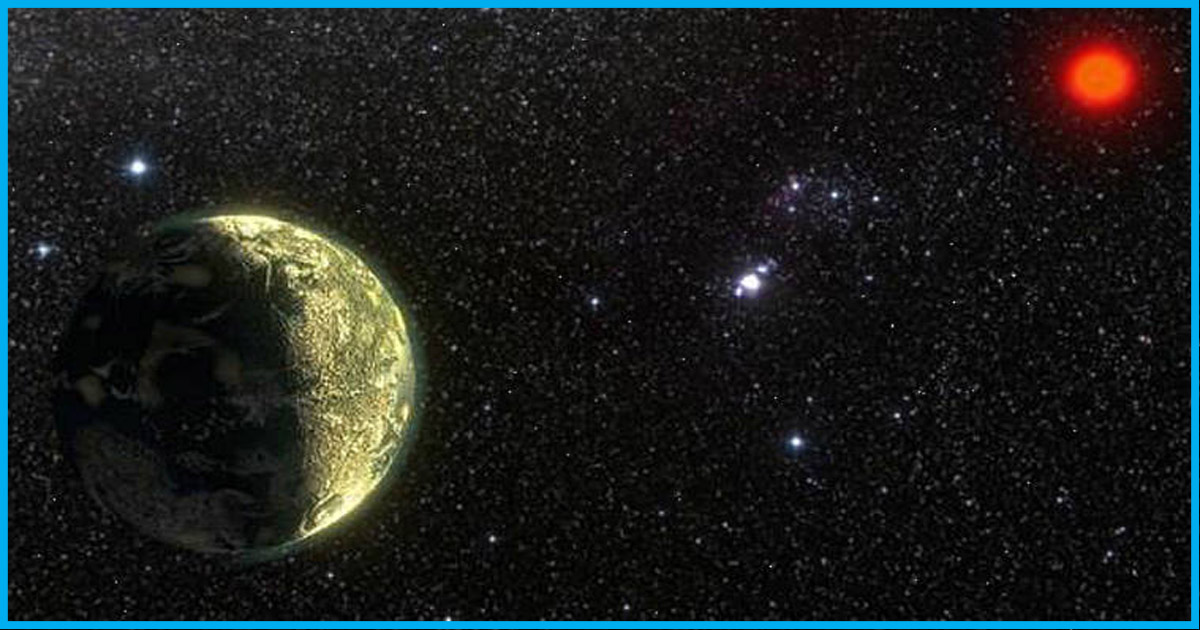
Indian Scientists Discover New Planet 600 Light Years Away
10 Jun 2018 1:53 PM GMT
Editor : Ankit Sharma Sharma
Green tea Addict | A Tree Hugger | Born for Change
A team of Indian scientists, under the guidance of Prof Abhijit Chakraborty of Physical Research Laboratory (PRL), Ahmedabad, has found an exoplanet. This announcement was done by the Indian Research Space Organisation (ISRO) on June 8, 2018.
According to a report by ISRO, the new planet is a sub-Saturn or super-Neptune sized planet around a Sun-like star, as reported by India Today.
Details about the planet
The exoplanet is reported to be smaller than Saturn but bigger than Neptune. It is 27 times heavier than Earth and six times bigger in size. It revolves around the star in about 19.5 days. The host star is about 600 light years away from the Earth.
Prof Abhijit Chakraborty said that the new planet, which is 600 light years away from Earth, was between the size of Saturn and Neptune. “It’s closer to Neptune,” he said.
The planet is seven times nearer to the host star than the Earth-Sun distance which leads to its surface temperature to 600°C. Such a high temperature might make it uninhabitable for living creatures. However, this discovery is crucial for knowing the mechanism of such super-Neptune or sub-Saturn kind of planets, that are too close to the host star.
However, calculations suggest that the heavy elements, ice, silicates, and iron content are 60-70 % of the total mass. The name of the host star is EPIC 211945201 or K2-236. Hence, the exoplanet has been named after its the host star as EPIC 211945201b or K2-236b.
Use of indigenous technology
This breakthrough was achieved by measuring the mass of the planet using the indigenously designed “PRL Advance Radial-velocity Abu-sky Search” (PARAS) spectrograph.
PARAS was integrated with a 1.2m telescope at PRL’s Gurushikhar Observatory in Mount Abu, India.
The PARAS reads the entire electromagnetic spectrum from microwave to infrared radiation which allows the scientists to read the composition of the planet, surface temperature, and the nature of the atmosphere.
This is the first of its kind spectrograph in India with a resolution of 60,000 which can measure the mass of a planet going around a star. It was designed by the members of the Astronomy and Astrophysics Division of PRL. These type of spectrographs exist mostly in the USA and in the Europe that can do such precise measurements. The PRL scientists observed the target for around 420 days for probing the nature of the system using the PARAS spectrograph.
According to The Hindu, PARAS will be upgraded with a 2.5 m telescope, and it will be known as PARAS-2. It is expected to be launched in 2020.
What are exoplanets?
According to the definition, these are the planets which orbit a star outside the solar system. These are also called “extrasolar planets”. ‘Extra’ implies that these are outside our solar system. It’s very difficult to discover an exoplanet because they are usually billions of times fainter than the stars they orbit. Also, they are extremely far away.
The first exoplanet was discovered in the early 1990s. The first exoplanet (51 Pegasi b) was discovered by Michael Mayor and Didier Queloz in 1995. According to a report, more than 3400 exoplanets have been discovered.
Also published on Medium.
 All section
All section













